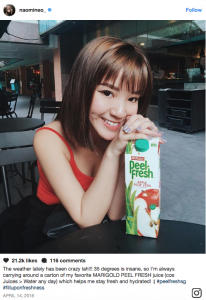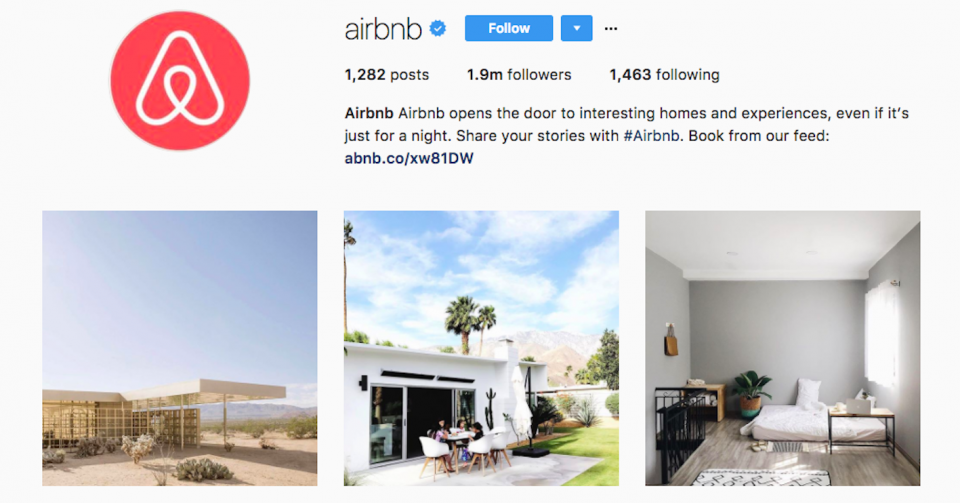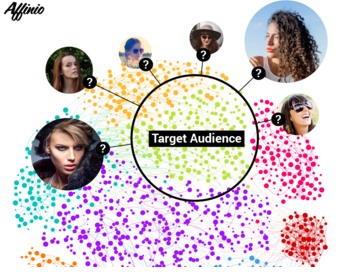Gone are the days where working with influencers meant sending them a bunch of brand swag and scoring a shout out. Despite what many brands still believe, it goes beyond a snapshot of the influencer posing awkwardly with your newest drop, or writing a caption below an aesthetic pic about how great your product works.
The influencer marketing industry has not only matured, but become increasingly savvy over the years, and I’ve witnessed how influencers have worked to balance growing their reach, established authenticity and hustled for commercial work opportunities – some much more successfully than others. Influencers who manage to find the winning formula of staying relevant and connected with their followers while constantly reinventing themselves have been able to become successful – while those who have failed in this regard not only lost their audience and credibility, but the potential for partnerships.
On the brand side, new ways of working with influencers have been sprouting up as companies explore how to create productive and mutually beneficial relationships. There is a benefit to working with them – but only if they’re engaged wisely.
So, how can you make sure you’re working with influencers in the right way for your brand?
Influencer marketing is both a time and monetary investment
It’s important to have the right mindset when considering influencer marketing. By now, most marketers know that not every influencer out there is a good fit for their brand. You already know the importance of research to find relevant influencers who are already aligned with your campaign objectives and target audience.
But one thing that doesn’t get enough attention is the importance of dedicating proper resources towards building an influencer strategy. Grouping influencer marketing under the same bracket as a PR plan means that both resource-heavy units are sharing the same budget, which often results in a half-hearted influencer campaign that reaps little success.
Giving influencers one-off access to complimentary products is no longer enough – from a consumer perspective, they are not swayed into purchasing based on an Instagram video or post, as it does not look genuine when an influencer raves about something only to never be seen using it again. Beyond this, truly impactful influencers know their worth and the best ways to to engage with their followers meaningfully. Working with influencers effectively has to be an ongoing conversation that is part of a bigger strategy, and it must have the resources required to create quality content. This requires both the time to connect with an influencer and discuss with them how best to work together, as well as a financial investment to compensate the influencer for their work.
The key here is achieving a good balance – you don’t want to be throwing money and/or products at anyone who is keen to come on board, but you also need to ensure the influencer you work with is genuine and can help you achieve campaign results.
To do this, here are three things to keep in mind when working with an influencer:
1. Respect their judgement
The process of creating good content with influencers can become more complicated than regular campaigns, so simply paying an influencer will not help you meet your objectives. Instead, you need to work with them to create this content.
Don’t be afraid to give influencers creative control. After all, they got to where they are today because they figured out what their audience wants to see from them. Remember that their authenticity is why they’ve amassed their current following, which makes it important for them to be able to inject their voice and perspective in the campaign.
The key to achieving great creative results is to ensure the overall message is still aligned to your objectives, while giving the influencer room to speak in an organic tone that is natural to their followers. You can do this by setting guidelines and helping them understand how their role contributes towards the campaign goals.
2. Keep an open mind
The definition of influencers has broadened – it’s no longer only about numbers when it comes to picking a suitable partner. There are many ways to evaluate the level of influence someone has that goes beyond follower count to include the relationship and interaction they have with their audience. So don’t discount the impact a micro-influencer can have! They have usually built up a specialised following through their criteria of working only with brands they are passionate about to protect their relationship with their audience, so you can definitely count on them to be authentic.
For instance, if you’re looking to raise awareness for an eco-friendly solution that helps to cut down on single-use plastics, definitely think about including micro-influencers who are passionate about sharing ways to reduce waste.
3. Create a mutually beneficial relationship
Both the brand and influencer need to acknowledge that the relationship is a two-way street. The influencer is not there to just help you sell your product – they’ll want to grow their own personal brand through this relationship.
Consider what other benefits you can give the influencer. They want to feel valued and heard, so do consider providing more opportunities for them to feel like a part of your brand. There are various ways you can do this that don’t involve extra costs, such as giving them first dibs to exclusive product launches, event invites or even a personal discount code for their friends and family. This can help them become more than just a one-off campaign partner to become something of a (comparatively) low-cost brand ambassador. When there’s something in the deal for both parties, influencers will be much more inclined to go above and beyond to create something great with you.
When done right, influencer marketing can help to drive strong results for your marketing campaign – but it is only as effective as you are savvy. Do your research, manage internal expectations, choose your partners with care and keep building those relationships.
Need more help integrating influencer engagement into your marketing strategy? Drop us a line at [email protected]





